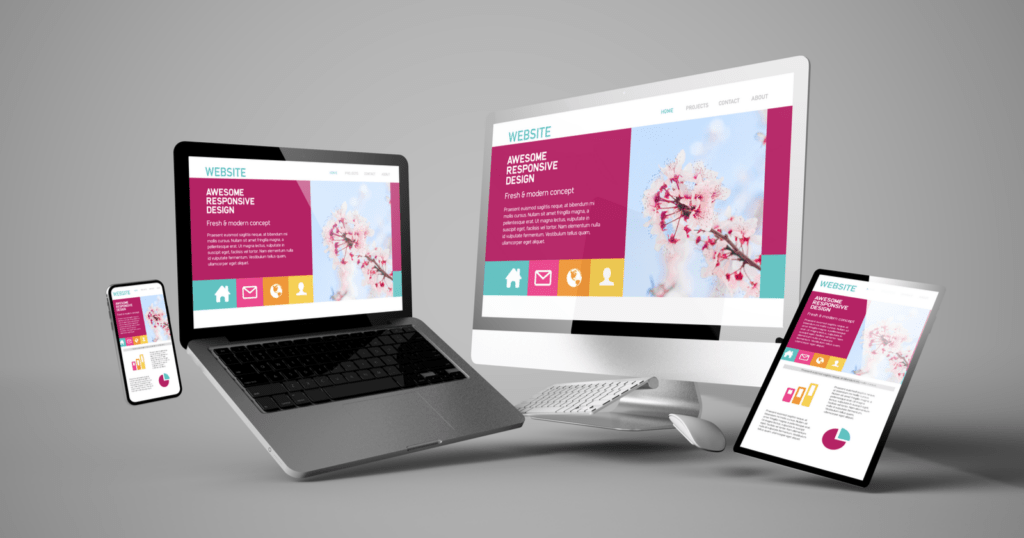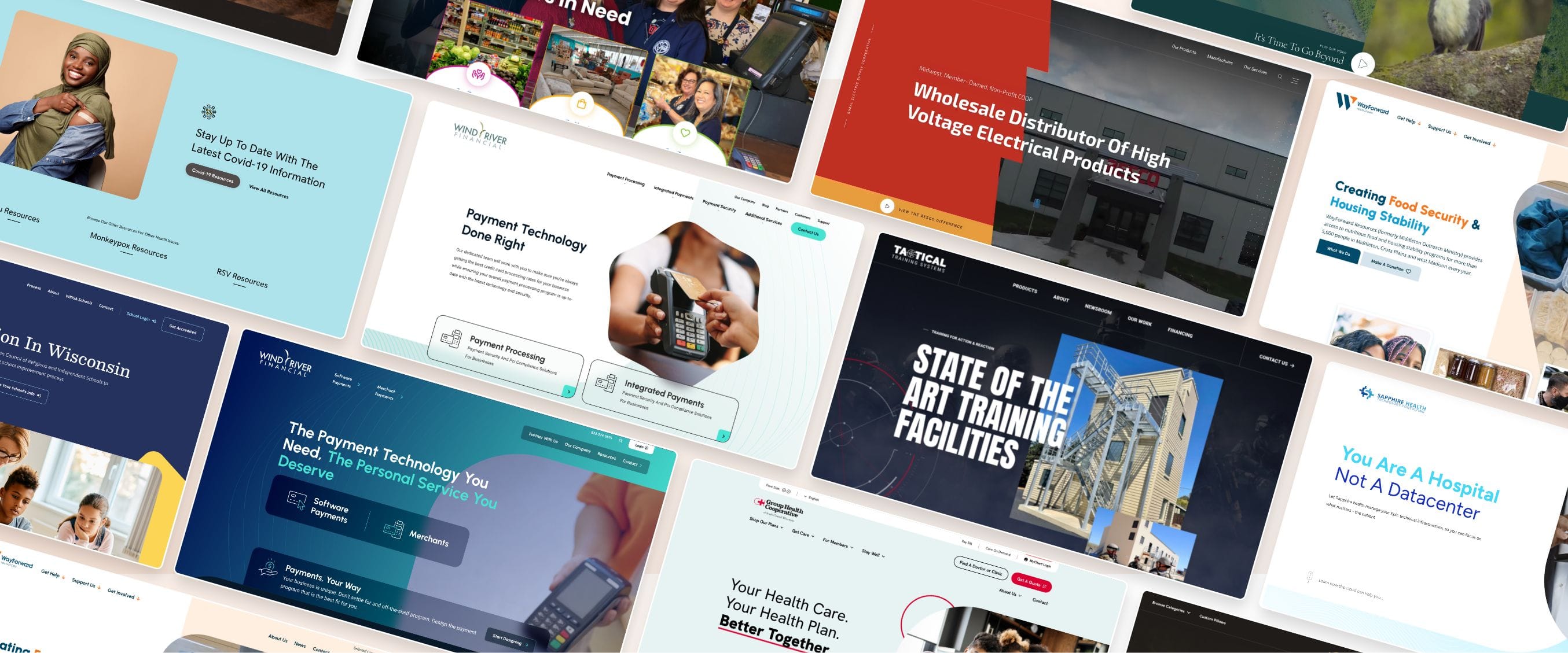Leading Tips for Developing an Impactful Site Design That Transforms
To attain this, one have to consider a selection of factors, including recognizing the target audience, focusing on individual experience, and enhancing for mobile systems. The strategic usage of engaging call-to-actions and a distinct visual power structure plays an important role in guiding customers through their trip.

Understand Your Target Audience
Understanding your target audience is essential to reliable site style, as it lays the groundwork for producing an appealing user experience. Recognizing that your individuals are, including their demographics, choices, and actions, enables designers to tailor the site's material, layout, and capability to fulfill particular needs.
Conducting detailed market study is crucial in this process. Surveys, interviews, and analytics can offer useful insights right into customer assumptions and pain points. By assembling this data, developers can develop individual personalities that represent different sectors of the target market, making sure that design decisions are informed and appropriate.
Furthermore, comprehending the target audience assists in choosing proper style elements such as color pattern, typography, and images that resonate with individuals. A web site that talks directly to its audience promotes a sense of connection and count on, urging longer brows through and higher conversion rates.
Eventually, a user-centered method to internet site style not just boosts individual contentment yet additionally sustains business goals by driving interaction and commitment. By prioritizing the requirements and preferences of the target audience, an internet site can successfully serve its function and attain wanted results.
Prioritize Individual Experience
To enhance the general effectiveness of a website, focusing on customer experience (UX) is important (Website Design). A properly designed UX makes sure that visitors can navigate the site easily, locate information quickly, and engage with material meaningfully. This causes boosted individual satisfaction and greater conversion prices
Begin by applying instinctive navigation. Menus ought to be logically structured, permitting individuals to locate vital locations of the site with very little effort. Uniformity in design components, such as shade schemes and fonts, cultivates experience, which is essential for preserving individual interaction.
In addition, consider the filling rate of your website. A hold-up of simply a few secs can cause considerable drop-offs, as customers are less likely to wait on a slow-loading web page. Improving photos and optimizing code can boost efficiency and preserve site visitors.
In addition, clearness in content presentation is important. Usage succinct, interesting language and separate text with visuals to boost readability. By focusing on user experience, you not only create an extra delightful atmosphere for visitors however also enhance your brand name's reputation. Ultimately, a concentrate on UX is an investment in the long-lasting success of your site.
Maximize for Mobile Devices
Optimizing for smart phones is vital in today's digital landscape, where an enhancing variety of individuals accessibility sites with smartphones and tablets. A mobile-friendly style not just improves customer experience however also plays a significant function in boosting search engine rankings. To accomplish this, it is vital to take on a responsive design that automatically gets used pop over to this site to various screen dimensions and orientations.

Filling rate is one more vital variable; mobile individuals are typically much less client and expect rapid access to info. By prioritizing mobile optimization, you guarantee that your site remains affordable and properly engages a wider target market.
Use Engaging Call-to-Actions
A website's effectiveness typically depends upon its capacity to direct visitors towards preferred actions, making engaging call-to-actions (CTAs) important elements of design. CTAs function as the critical points that direct users to engage with the website, whether that means buying, registering for an e-newsletter, or downloading a source.
To develop reliable CTAs, quality is critical. Usage concise language that clearly interacts the action you desire the user to take. Phrases such as "Get Started," "Subscribe Free," or "Store Now" not just convey urgency yet likewise eliminate ambiguity. The positioning of CTAs is equally vital; they must be strategically positioned throughout the website to ensure they are conveniently visible, particularly in high-traffic areas.
In addition, take into consideration utilizing directional hints, such as arrowheads or images, to lead individuals towards these switches. By concentrating on these elements, organizations can considerably improve individual you can look here involvement, driving conversions and ultimately visit site attaining their website's goals.
Concentrate On Visual Hierarchy
Efficient internet site style counts greatly on a well-structured aesthetic power structure that overviews individuals through material seamlessly. By arranging elements in a fashion that focuses on info, designers can enhance user experience and help with decision-making. This includes making use of dimension, color, contrast, and spacing purposefully to draw attention to the most crucial parts of a website.
Making use of bigger font styles for headings and subheadings develops a clear distinction in between various areas, allowing customers to scan content effortlessly. Additionally, employing contrasting colors for switches and calls-to-action can catch customer focus and urge communication. Whitespace is another essential element; it avoids mess and enables customers to focus on key messages without disturbances.
Images and graphics should complement the message while additionally sticking to the well-known power structure, enhancing the total message (Website Design). Uniformity in layout aspects, such as color design and typography, further reinforces the visual power structure, making navigation user-friendly

Final Thought
In conclusion, effective web site design requires a thorough understanding of the target audience, prioritization of user experience, and mobile optimization. Inevitably, a well-executed website design offers as a critical part in driving user activities and accomplishing organization objectives.